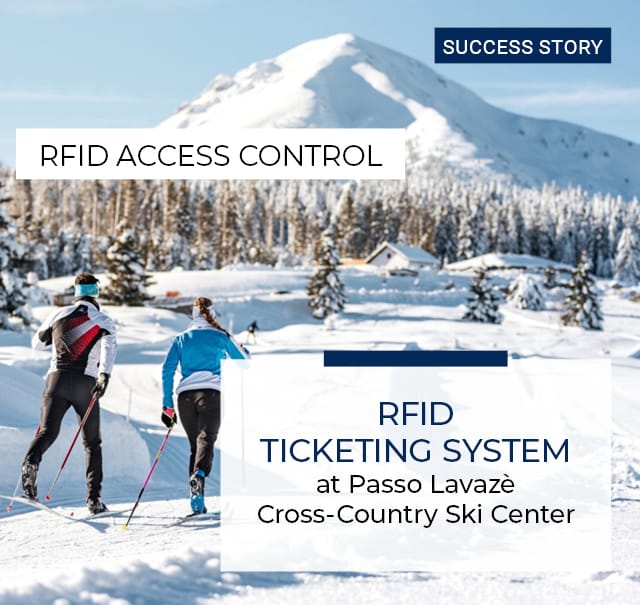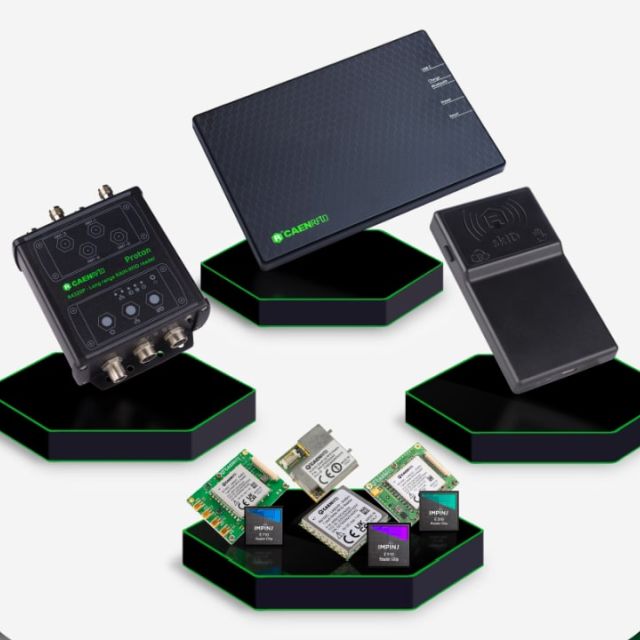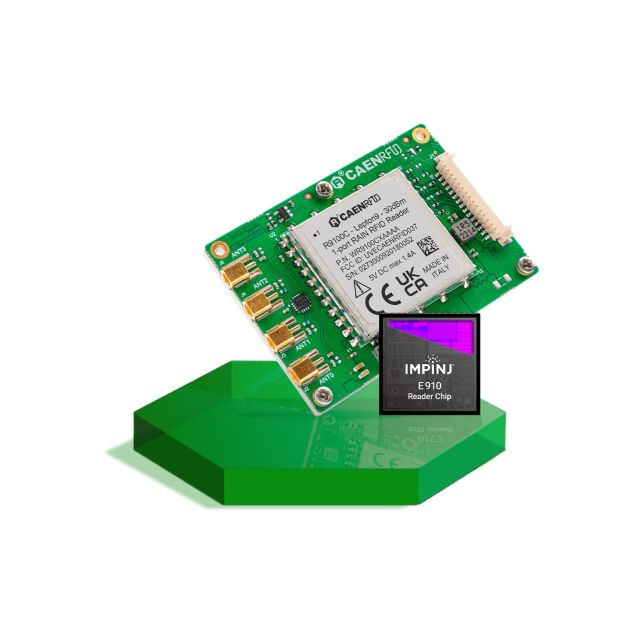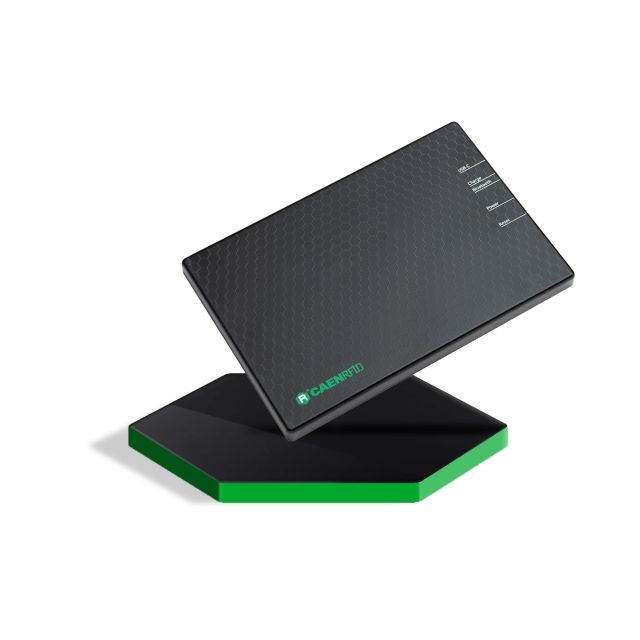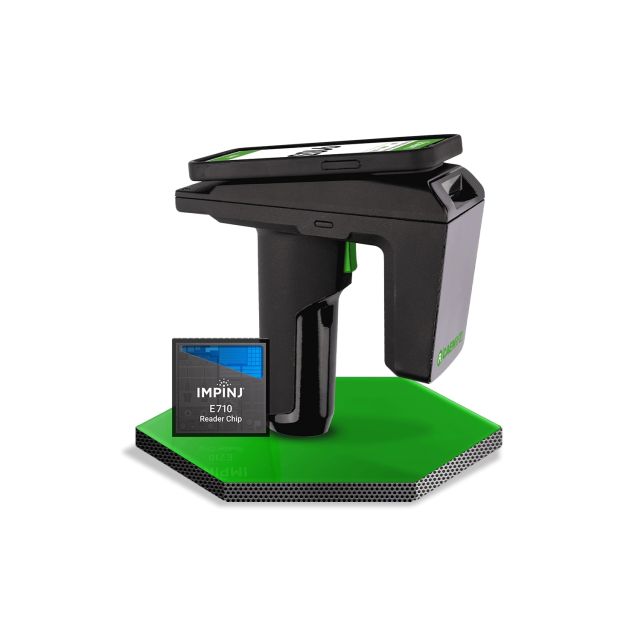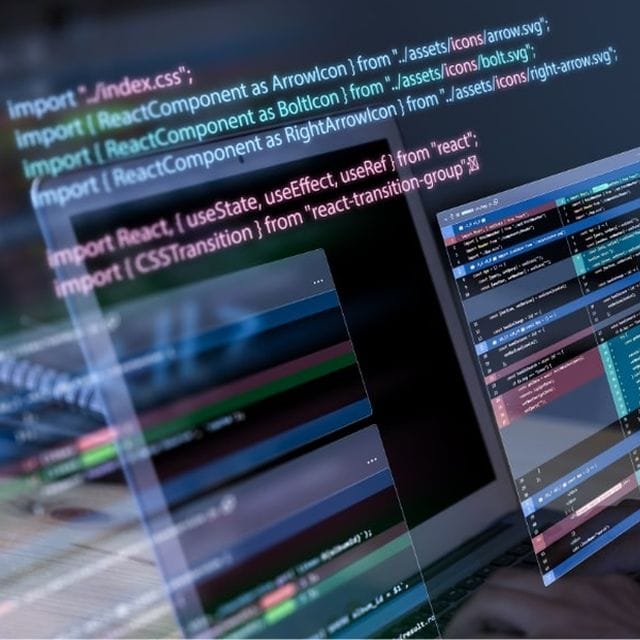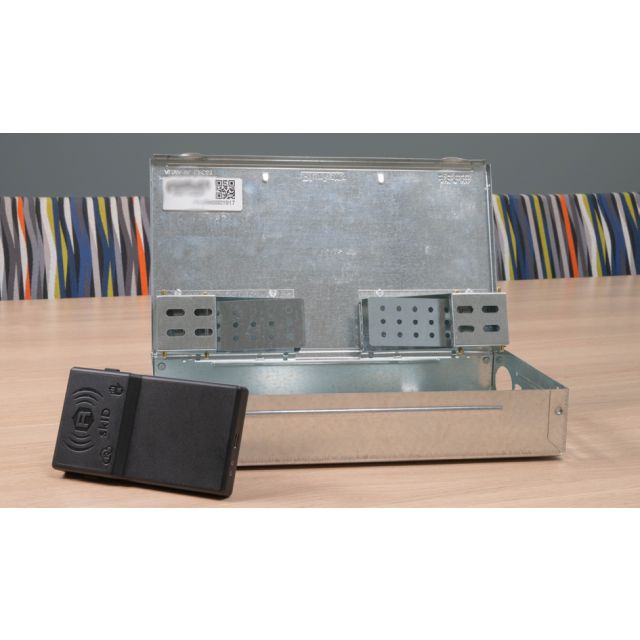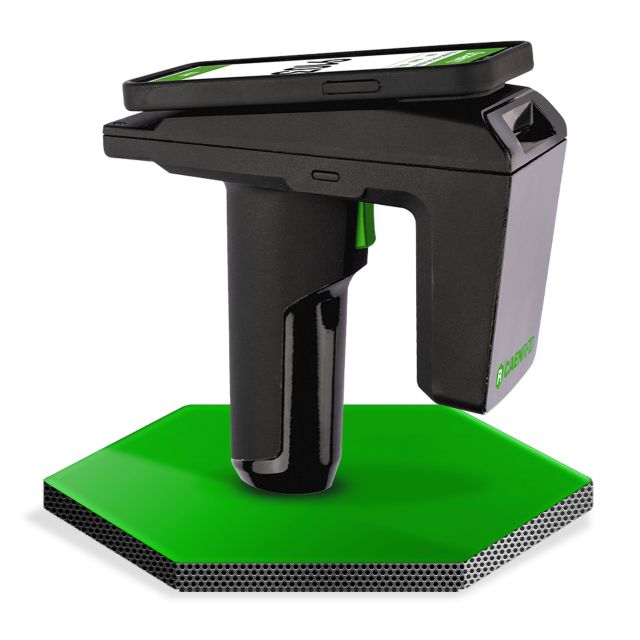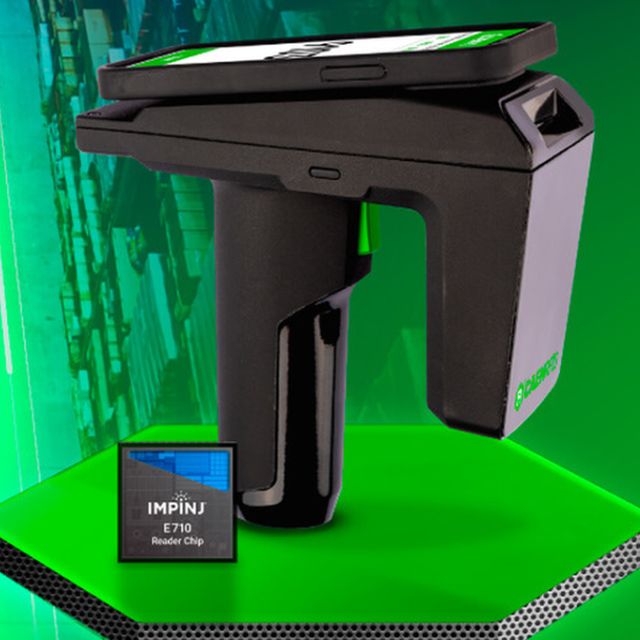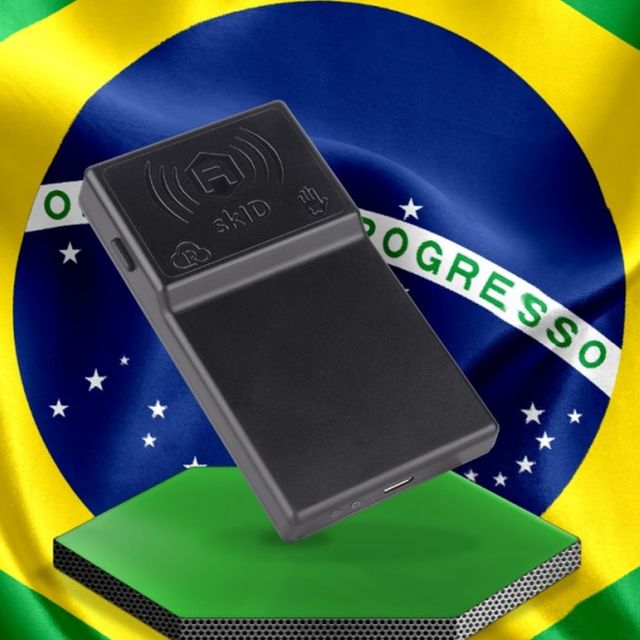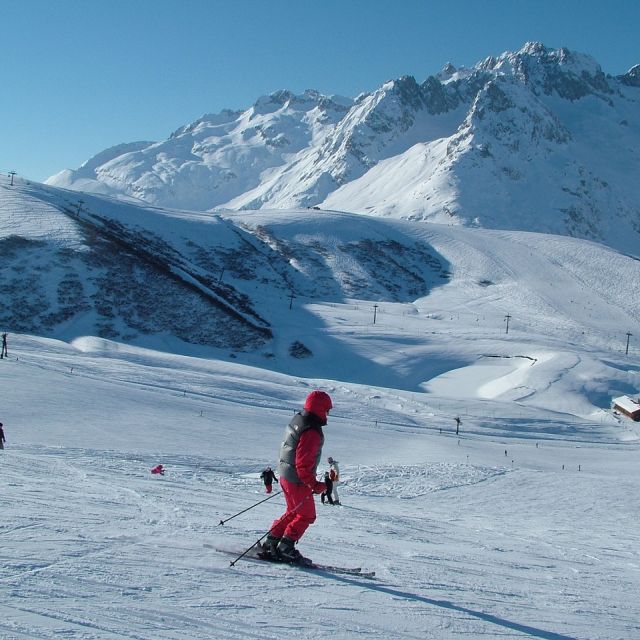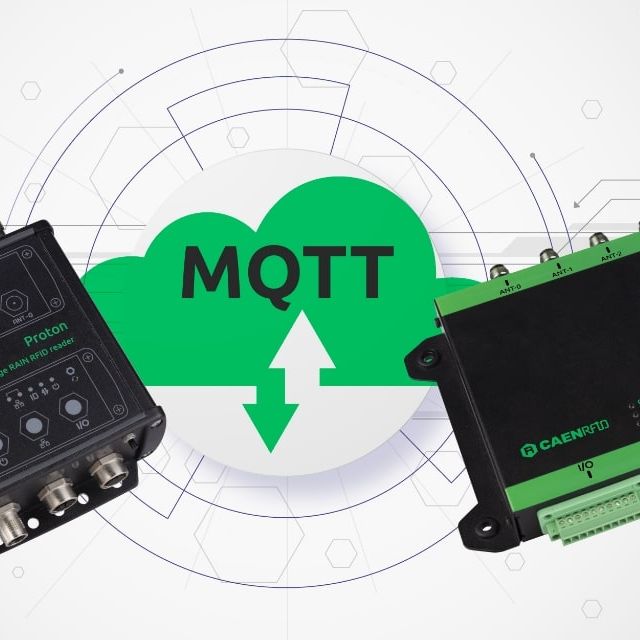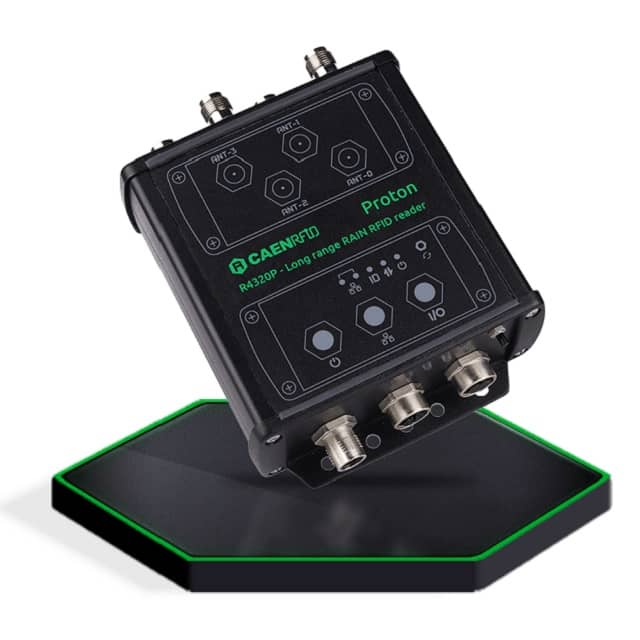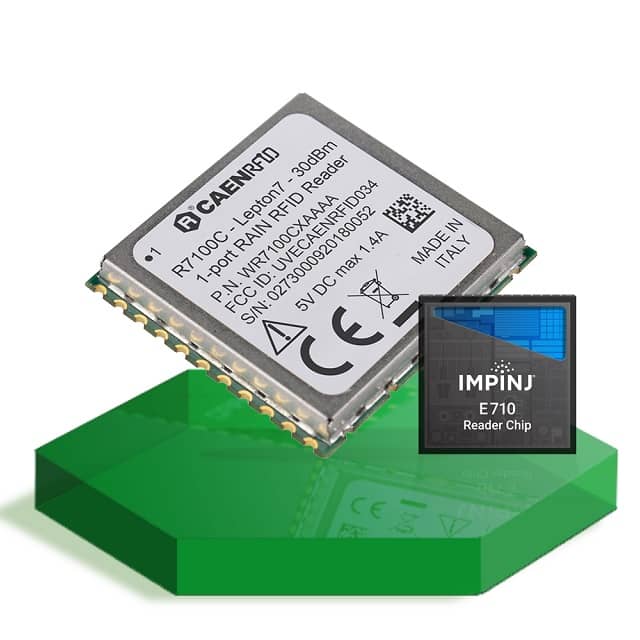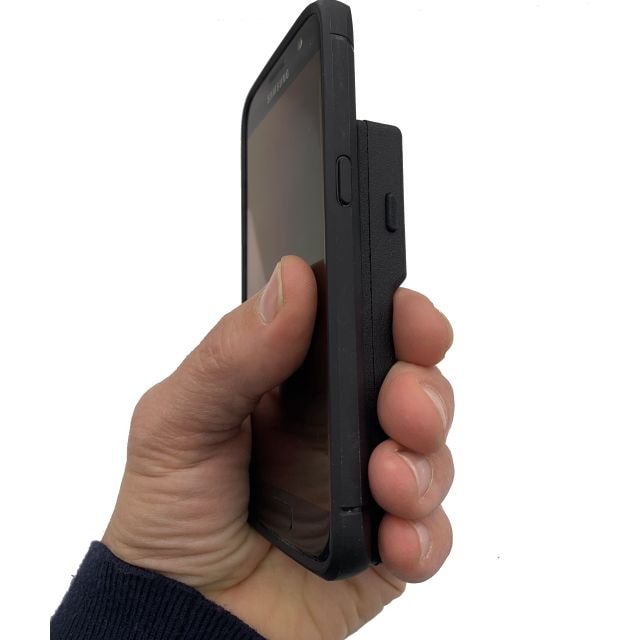Far is Not Always Better
In the last post CAEN RFID discusses the importance of the long-distance reading capability of RAIN RFID technology, stating that this is one of the main aspects of the technology's success. But this is not the whole story.
Many applications do not require reading distances of more than 1m, hence HF/NFC or LF RFID seem to be the right technologies to implement in solutions for those scenarios. So why and when should RAIN RFID be preferable in sub-meter reading distance applications?
There are some characteristics of RAIN RFID that makes it a good choice even in medium/short range applications:
- RAIN RFID tags are typically less expensive than LF or HF/NFC, not only because RAIN tags are produced in larger quantities (that lower production costs) but also because they are intrinsically simpler in design. LF and HF/NFC antennas are designed with multiple coils, and this requires at least two planes to close the circuit on the chip with the complexity of making a hole on the substrate. RAIN tags, on the contrary, need just one plane. This reduces the complexity of the manufacturing process and, more importantly, reduces the index of defectiveness.
- RAIN RFID technology is more efficient in transmitting the power to the tag, and the tags require less power to be energized. This results in the need of lower power readers, smaller reader antennas and smaller tags compared to LF/HF/NFC systems to reach the same reading distance.
There are some specific applications where the required reading distance is even less and, sometimes, a limitation to a few centimeters or even to read at contact (contactless applications) is required, i.e. where the reader antenna and the tag are put in contact, like when you tap an NFC tag with your smartphone.
For these applications the natural choice is NFC and, in many cases, it’s also the right choice. But there are applications where RAIN RFID technology would fit better or be the only viable solution.
As we have seen in our last post, RAIN RFID technology uses electromagnetic fields while LF/HF/NFC RFID use magnetic fields to exchange power and data. But this is not true in all cases. Magnetic fields, and hence inductive coupling, can also be used at the UHF frequencies of RAIN RFID technology with some advantages.
At UHF frequencies, the efficiency of power transmission is higher, therefore, to reach the same reading distance, the dimension of the tag antenna can be much smaller for RAIN RFID than LF/HF/NFC and, most of the time, UHF requires just one coil for that purpose (that, again, means a single layer tag). Smaller tags, some of them measuring just 1mm by 2mm, open a new range of use cases. Examples are the identification of small objects like pharmaceutical vials or embedding tags into smartwatches, surgery tools, climbing carabiners or any other small object that needs to be identified and/or authenticated.
In the RFID jargon this is called near field RAIN RFID technology, where readers and chips for tags are exactly the same of the ones used for far field (long distances), but both reader and tag antennas need to be specifically designed to obtain the maximum performances from inductive coupling.



